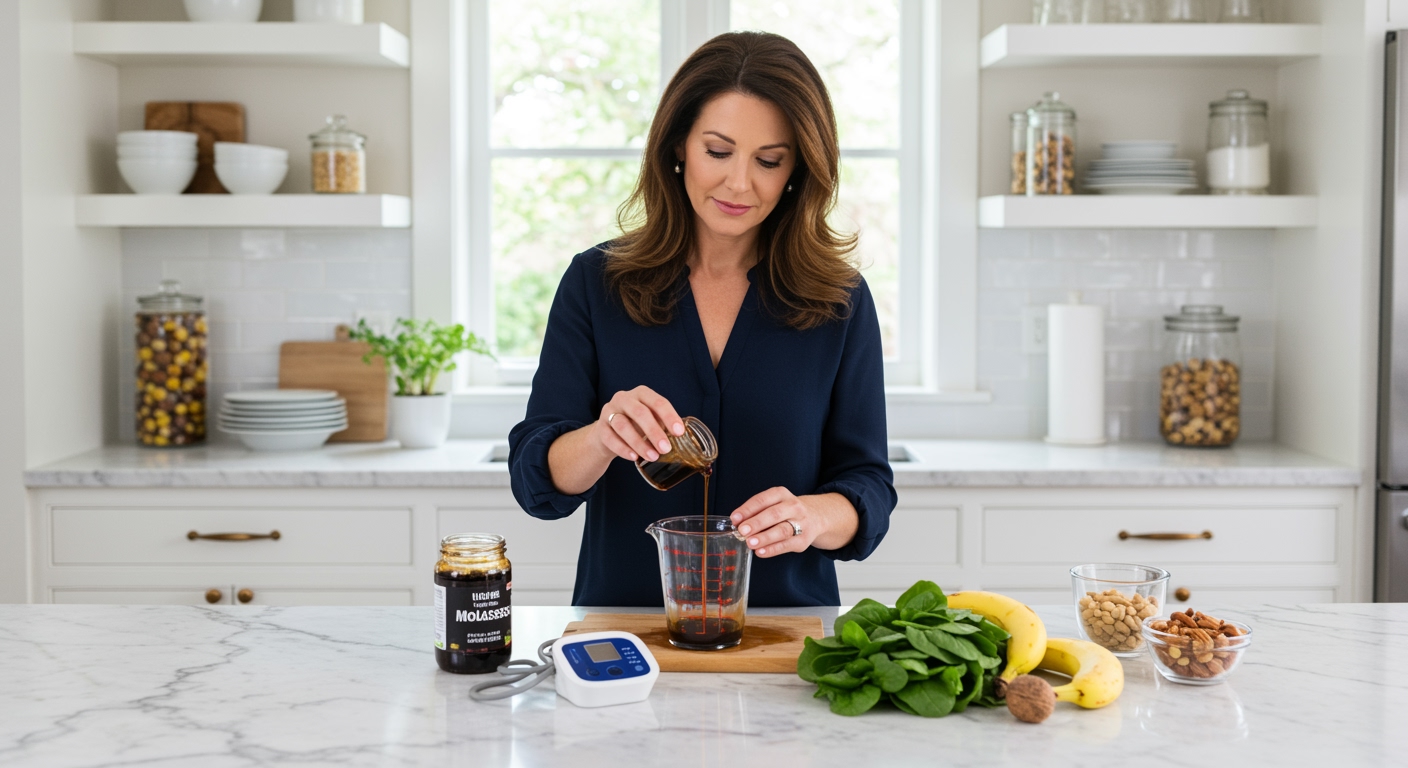✪ Key Takeaway: Malt drinks provide temporary blood pressure support through sodium and sugar but are not effective long-term solutions.
Introduction
Your grandmother swears by malt drinks for low blood pressure, but your doctor frowns when you mention them.
You might be wondering about malt drinks because you experience dizziness, fatigue, or weakness from low blood pressure and want a natural solution that tastes good.
Hi, I am Abdur, your nutrition coach and today I am going to explain the real relationship between malt drinks and blood pressure management.
What Are Malt Drinks and How Do They Work?
Malt drinks are sweet beverages made from malted barley, water, sugar, and various flavorings.
The malting process involves soaking barley grains in water, allowing them to germinate, then drying and grinding them into a powder.
This process creates complex carbohydrates and releases natural sugars that give malt drinks their distinctive sweet taste.
Most commercial malt drinks contain added sugars, artificial flavors, and preservatives to enhance taste and extend shelf life.
When you drink a malt beverage, the high sugar content causes a rapid spike in blood glucose levels.
Your body responds by releasing insulin to manage this sugar surge, which can temporarily affect your cardiovascular system and blood pressure readings.
✪ Fact: One bottle of malt drink contains 25-35 grams of sugar, equivalent to 6-8 teaspoons of table sugar.
Do Malt Drinks Actually Raise Blood Pressure?
Malt drinks can provide a temporary boost to blood pressure through multiple mechanisms.
The high sugar content causes your blood volume to increase temporarily as your body retains water to dilute the excess glucose.
Many malt drinks also contain significant amounts of sodium, which helps your kidneys retain more fluid and increases blood volume.
The caffeine present in some malt beverages acts as a mild stimulant that can temporarily constrict blood vessels and raise blood pressure.
However, this effect typically lasts only 30-60 minutes after consumption and does not provide lasting benefits for people with chronic low blood pressure.
Research shows that while sugary drinks can cause short-term blood pressure changes, they do not address the underlying causes of hypotension.
✪ Pro Tip: Check your blood pressure 30 minutes after drinking malt beverages to see their temporary effect on your readings.
What Are the Risks of Using Malt Drinks for Blood Pressure?
Regular consumption of malt drinks for blood pressure management creates more health problems than it solves.
The high sugar content can lead to rapid weight gain, insulin resistance, and eventually type 2 diabetes.
People with low blood pressure who rely on malt drinks often experience blood sugar crashes 2-3 hours after consumption, which can worsen their original symptoms.
The artificial ingredients and preservatives in commercial malt beverages can trigger inflammation in sensitive individuals.
Chronic consumption may also lead to dental problems due to the high sugar content and acidic nature of these drinks.
Most importantly, using malt drinks as a band-aid solution prevents you from addressing the real causes of your low blood pressure through proper medical evaluation and treatment.
✪ Note: Blood sugar crashes from malt drinks can actually make low blood pressure symptoms worse in the long run.
What Are Better Alternatives for Managing Low Blood Pressure?
Effective low blood pressure management requires sustainable strategies that address root causes rather than temporary fixes.
Increasing your daily water intake to 8-10 glasses helps maintain proper blood volume without the sugar crash associated with malt drinks.
Adding more natural sodium to your diet through sea salt, olives, or pickled vegetables provides longer-lasting benefits than processed beverages.
Regular physical activity, especially strength training and yoga, helps improve circulation and strengthens your cardiovascular system.
Eating smaller, more frequent meals prevents postprandial hypotension, a common cause of blood pressure drops after eating.
Compression stockings, proper sleep habits, and stress management techniques provide more reliable long-term support for people with chronic low blood pressure issues.
✪ Pro Tip: Keep a food and symptom diary to identify your personal low blood pressure triggers and patterns.
The Bottom Line
Malt drinks provide only temporary and unreliable support for low blood pressure while creating new health risks through their high sugar content.
Real health solutions work with your body, not against it, and malt drinks work against your long-term wellbeing despite their short-term effects.
I would love to hear about your experiences with managing low blood pressure naturally, so please share your thoughts, questions, or success stories in the comments below.
References
At NutritionCrown, we use quality and credible sources to ensure our content is accurate and trustworthy. Below are the sources referenced in creating this article:
- Index Copernicus: Nutritional Analysis of Malt-Based Beverages
- University of Maryland: Cardiovascular Effects of Sugar-Sweetened Beverages
- PMC: Blood Pressure Management Through Dietary Interventions
- Hackensack Meridian Health: Does Alcohol Raise Your Blood Pressure





